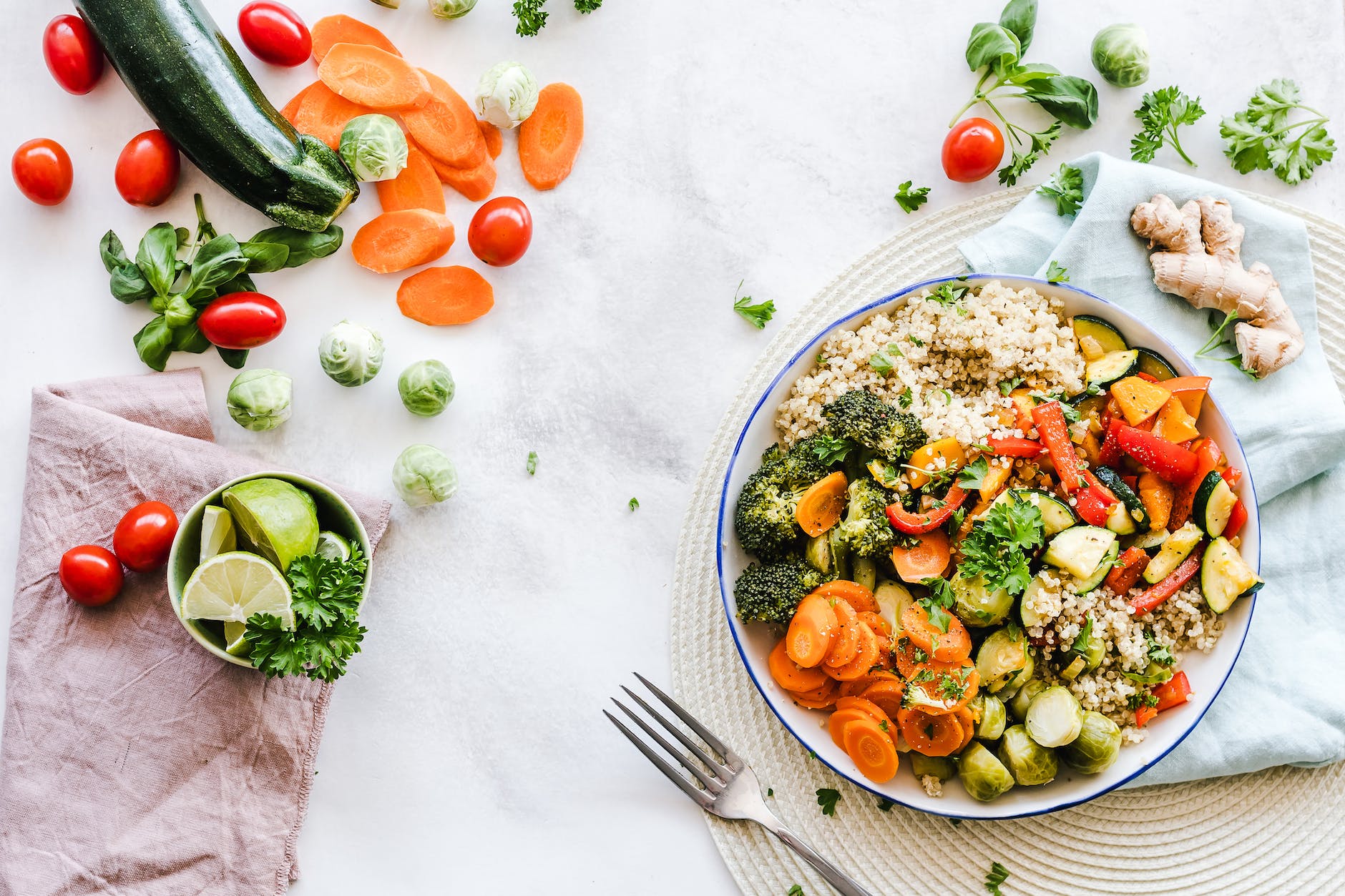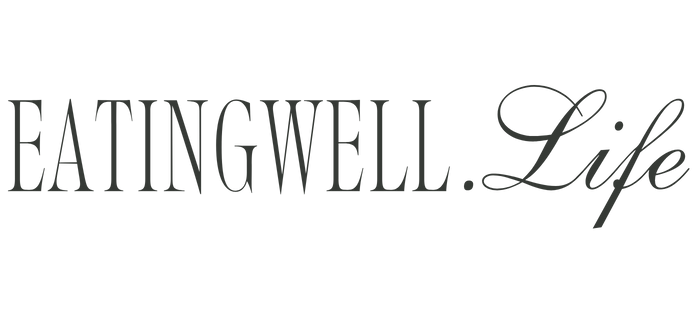
A balanced diet is a diet that provides enough of all the food groups, including whole grains, fruit, vegetables, and dairy foods. A balanced diet is important for health and can lower the risk of developing chronic diseases like heart disease and cancer.
WHO (World Health Organization) has developed a healthy eating guideline to help people follow a balanced diet.
In this blog post, we will discuss why the WHO recommended balanced diet, all the foods that should go into it, and the benefits of following it. We hope this information will help you make healthy eating choices and live a longer life!
Read also: What Healthy Eating Is
WHO Recommended Balanced Diet
It’s important to eat a healthy, well-balanced diet if you want to stay healthy and feel great. To achieve and maintain a healthy body weight means eating a wide range of foods in the appropriate proportions and consuming the right amount of food and drink.
It’s no secret that eating a healthy diet is important for our health. And, as it turns out, the WHO (World Health Organization) has a healthy diet recommendation that can help us achieve that.
The WHO recommended balanced diet that includes generous amounts of fruits, vegetables, whole grains, and low-fat dairy products.
A balanced diet is necessary for both good nutrition and health. You are shielded from a variety of degenerative noncommunicable diseases, including cancer, diabetes, and heart disease.
A balanced diet that limits salt, sugar, saturated fats, and trans fats from industrial production is crucial for good health.
What All Does WHO Say Should Go Into a Balanced Diet
Eating a balanced diet is essential for good health, and WHO is the authority when it comes to healthy eating. Their dietary guidelines for healthy diets in different age groups and stages of life make it easier for everyone to follow.
A balanced diet consists of a variety of foods. Some of the key points that WHO recommends in a balanced diet are as follows:
- staples such as grains (wheat, barley, rye, maize, or rice) or starchy roots or tubers (potato, yam, taro, or cassava).
- Legumes (lentils and beans) (lentils and beans).
- Veggies and fruits.
- foods derived from animals (meat, fish, eggs, and milk).
What are the Benefits of Following WHO Recommended Balanced Diet
A balanced diet is essential for a healthy body and mind. What are WHO healthy eating recommendations? WHO healthy eating guidelines recommend that we consume a diet that is composed of both plant-based and animal-based foods.
This can help us reduce our risk of chronic diseases, improve our overall health, and provide us with the essential vitamins, minerals, and antioxidants we need.
There are many different types of WHO-recommended diets, so it’s important to find one that is right for you. In addition to a healthy diet, make sure to get plenty of physical activity, avoid eating too much sugar and saturated fats, and keep your stress levels low.
How to Follow WHO Recommended Balanced Diet
A balanced diet is one of the most important health tips that you can follow. The World Health Organization (WHO) recommends a balanced diet that includes plenty of fruit and vegetables, whole grains, and lean protein.
By following this diet, you can improve your mental health, lower your risk for chronic diseases, and reduce your weight. It’s easy to follow the WHO-recommended balanced diet by incorporating these foods into your everyday routine.
So, are you ready to follow the WHO healthy eating plan? If you have any questions about how to follow the WHO-recommended balanced diet, don’t hesitate to ask a doctor or nutritionist. They are the perfect people to help you with your health and nutrition goals.
Examples of Foods That Should be Consumed on a Balanced Diet
A healthy diet is crucial for maintaining good health and is something that everyone should aim for. A balanced diet includes foods from all the major food groups, including:
- Fruit, vegetables, legumes, nuts, and whole grains, such as lentils and beans (e.g. unprocessed maize, millet, oats, wheat, and brown rice).
- daily intake of at least 400 g (five servings) of fruit and vegetables, omitting potatoes, sweet potatoes, cassava, and other starchy roots.
- Ideally, less than 5% of total energy intake is consumed for additional health benefits, which is equivalent to 50 g (or about 12 level teaspoons) for a person of healthy body weight consuming about 2000 calories per day. Less than 10% of total energy intake from free sugars is necessary for additional health benefits.
- Fats should make up under 30% of total energy consumption. Saturated fats (found in fatty meat, butter, palm oil, and other foods) and trans-fats of any kind, including ruminant trans-fats (found in baked and fried foods, pre-packaged snacks, and other foods) ought to be avoided. Unsaturated fats, on the other hand, are preferred (found in meat and dairy foods from ruminant animals, such as cows, sheep, goats, and camels).
Conclusion
It’s no secret that eating a healthy diet is essential for your health. However, it can be difficult to know what is healthy and what is not.
That’s where WHO comes in – they have developed a recommended balanced diet that is based on the latest medical research. This diet includes all the essential nutrients and proteins that your body needs to function optimally.
To learn more about WHO’s recommended balanced diet and how to follow it, be sure to check out our website. In the meantime, we hope you find this post helpful in making healthy eating decisions for you and your loved ones.

Leave a Reply